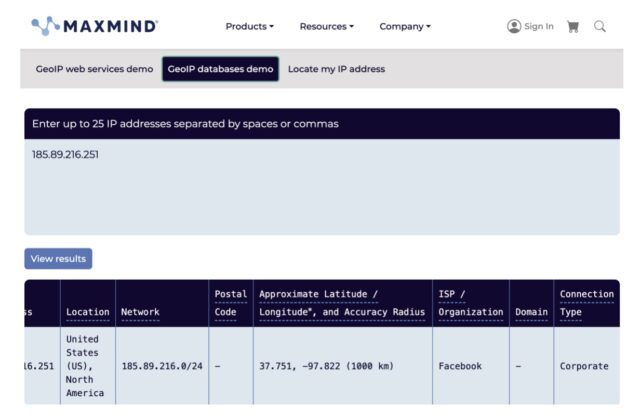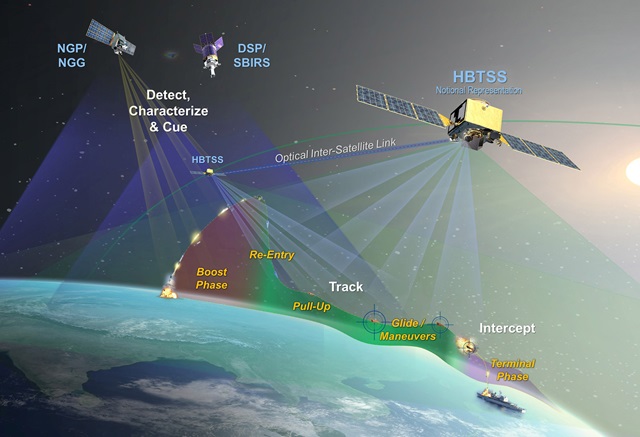2025 Polestar 3 drives sporty, looks sharp, can be a little annoying
Earlier this month, Ars took a look at Volvo’s latest electric vehicle. The EX90 proved to be a rather thoughtful Swedish take on the luxury SUV, albeit one that remains a rare sight on the road. But the EX90 is not the only recipe one can cook with the underlying ingredients. The ingredients in this case are from a platform called SPA2, and to extend the metaphor a bit, the kitchen is the Volvo factory in Ridgeville, South Carolina, which in addition to making a variety of midsize and larger Volvo cars for the US and European markets also produces the Polestar 3.
What’s fascinating is how different the end products are. Intentionally, Polestar and Volvo wisely seek different customers rather than cannibalize each other’s sales. As a new brand, Polestar comes with many fewer preconceptions other than the usual arguments that will rage in the comment section over just how much is Swedish versus Chinese, and perhaps the occasional student of history who remembers the touring car racing team that then developed some bright blue special edition Volvo road cars that for a while held a production car lap record around the Nürburgring Nordschliefe.
That historical link is important. Polestar might now mentally slot into the space that Saab used to occupy in the last century as a refuge for customers with eclectic tastes thanks to its clean exterior designs and techwear-inspired interiors. Once past the necessity of basic transportation, aesthetics are as good a reason as most when it comes to picking a particular car. Just thinking of a Polestar as a brand that exemplifies modern Scandinavian design would be to sell it short, though. The driving dynamics are just too good.
Although it shares a platform with the big Volvo, the Polestar 3 is strictly a two-row SUV. Jonathan Gitlin
High praise
In fact, if there’s another brand out there that might be starting to pay attention to the way Polestars drive, it should be Porsche. Bold words indeed. Often, dual-motor EVs have one motor rated as more powerful than the other, or perhaps even of different designs. But the long-range dual motor Polestar 3 (MSRP: $73,400) is fitted with a pair of identical 241 hp (180 kW), 310 lb-ft (420 Nm) permanent magnet motors. The drive units are not entirely identical, however—at the rear, clutches on either side allow for true torque vectoring during cornering, as well as disconnecting the rear axle entirely for a more efficient mode.
2025 Polestar 3 drives sporty, looks sharp, can be a little annoying Read More »


















